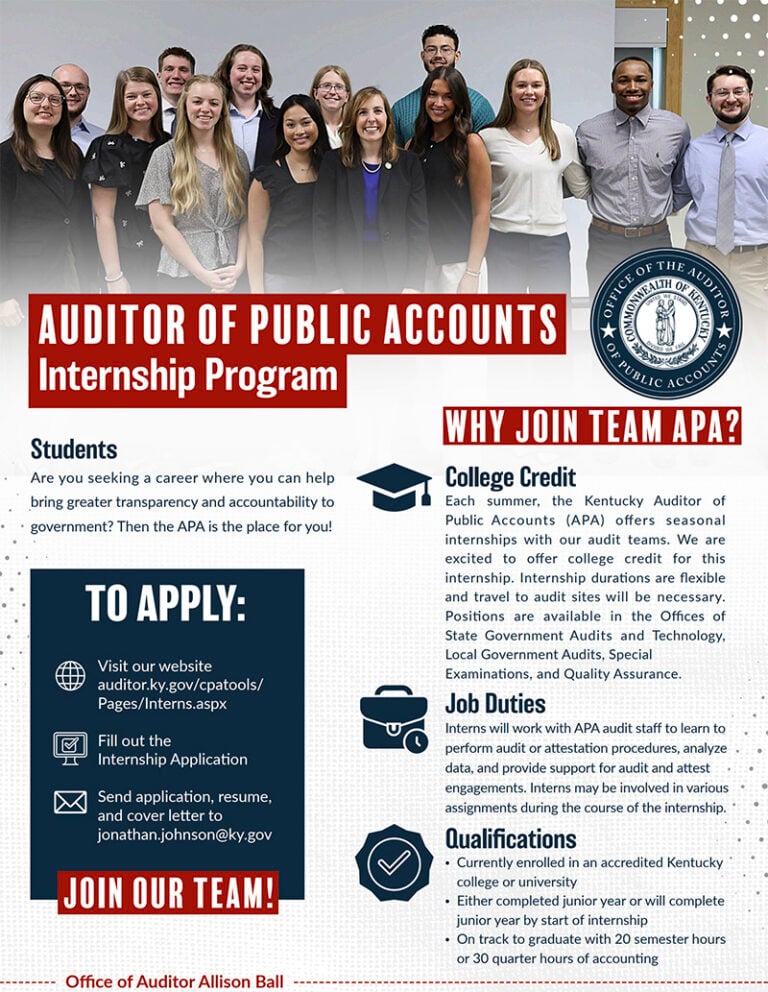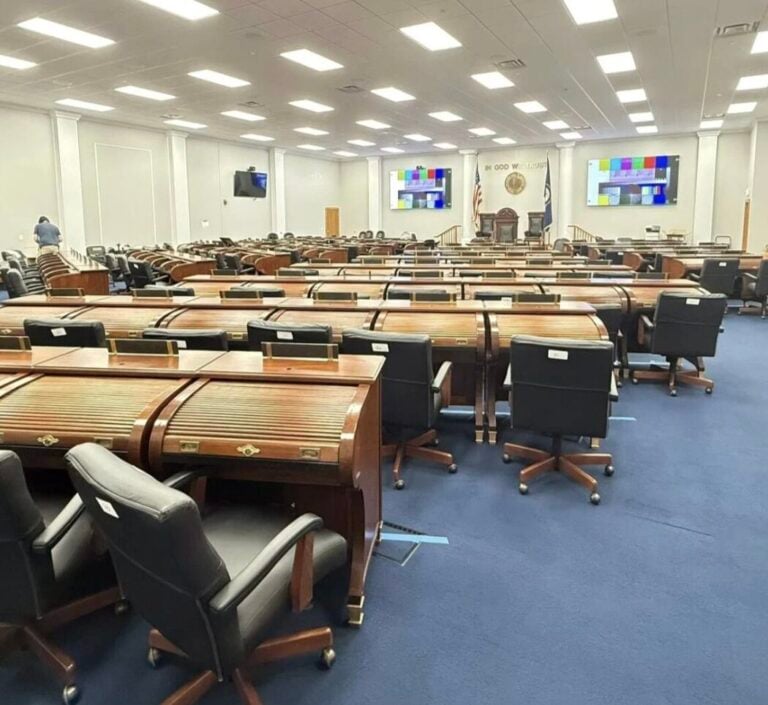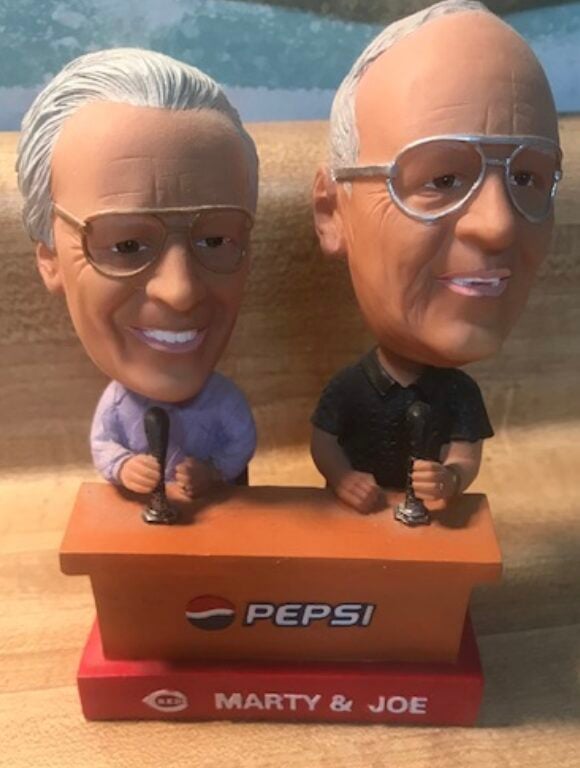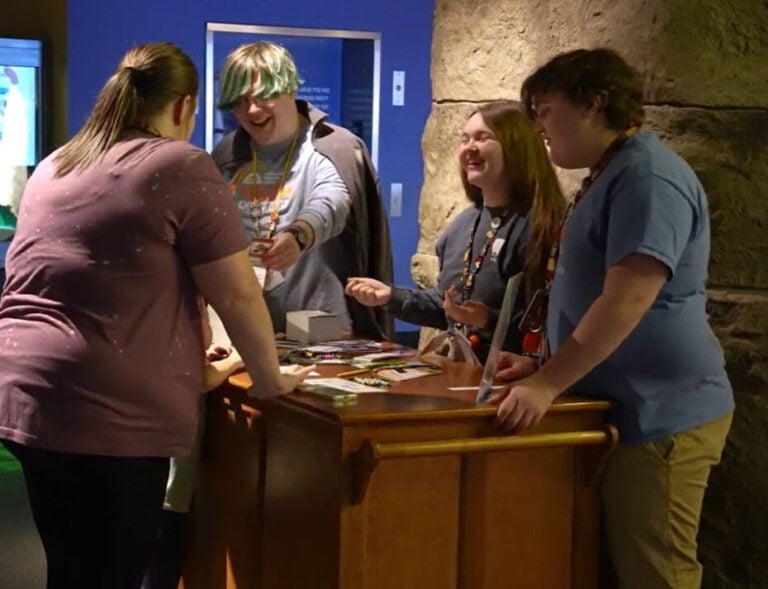Last Saturday the city of Lexington experienced one of the largest fires in its history when the Blue Grass Stockyards burned to the ground. A total of 120 firefighters responded to the fire in order to contain it — luckily no lives were lost or firefighters injured, but twenty cattle inside the main building did die in the fire.
If the fire had started a day or two later, there very well could have been over some 1,200 animals and several additional personnel such as truck drivers, farmers and buyers there. It could have resulted in a more tragic event.
Just as the fire was beginning I had just driven past the area and was a couple miles down the road when I noticed a large cloud of smoking rising from my rearview mirror. Being curious like the other several thousands of spectators, I rushed back to the intersection Versailles Road and S. Forbes Rd. to see what was on fire.

From my vantage point from the Lees Famous Receipt parking lot about 1/4 mile away, I could see a very intense flame rising into the air beneath all that smoke, so intense that if the wind had been blowing in my direction somebody probably could have roasted marshmallows from it.
With the prevailing winds, the fire quickly spread and burned at such an intense rate, that the pavement on Lisle Road was on fire. Within minutes after it began the fire jumped across the street and damaged or destroyed a total of six other businesses.
The event was recorded by thousands of Lexingtonians all day long, as I kept up with it on my social media newsfeed long into the next day. A buddy of mine who lives north of Georgetown some 25 miles away could see the smoke from his neighborhood and was eventually called into work at Columbia Gas to oversee the shutdown many of the near gas mains and to work with the local fire department throughout the night.
The economic impact and the rippling effects of this fire will be far-reaching within the community and throughout the state.
Blue Grass Stockyards is a huge revenue source for the city of Lexington and is the largest livestock market east of the Mississippi. Such a loss will greatly affect many farmers throughout the state.
Bluegrass Stockyards had just marked its 70th year in Lexington and employed up to 55 employees. In 2015, the stockyards sold more than 100,000 head of cattle with a value of $120 million.
As a safety and risk management professional, I couldn’t help but wonder about the impact this fire would have on affected businesses. What caused the fire and who was responsible? Did these business owners foresee this potential apocalypse, and did they purchase enough insurance coverage? Did the roofing company foresee any risk? How many jobs did this effect, directly and indirectly, and how many people will be out of work? Will these businesses rebuild? Will they ever reopen for business?
The cost of the damages remains unknown, but I suspect it will top several million dollars, just in property damage alone. This doesn’t take into account the loss of business income and business interruption for the Blue Grass Stockyard and all the other nearby businesses.
There will probably be multiple other related liability claims, a possible pollution claim from the water run-off to fight the fire (animal waste) into the nearby creek, to multiple frivolous personal injury claims from smoke inhalation from the nearby neighborhoods.
The fact of the matter is that 40 percent of businesses never ever reopen after such a disaster, and another 25 percent fail within one year according to the Federal Emergency Management Agency (FEMA). Similar statistics from the United States Small Business Administration indicate that over 90 percent of businesses fail within two years after being struck by a disaster.

Rebuilding after a total destructive event is such a major undertaking and many fail to complete such a task. It is a common misconception that insurance awards and aid from government agencies will allow businesses to pick up the pieces after such a disaster and return things back to normal; but that far from the truth.
Even under the best circumstances it takes a business a year or more to rebuild when you factor in the time to get a new building designed, select a general contractor, send out bids, apply for permits, to ordering the building materials, etc.
Even if a business is able to relocate to a temporary location within 6-8 weeks, many customers have moved on to their competitors. Competitors will always feed on such an opportunity, and the customers’ needs have to be met in the absence of your business.
Employees are usually the number one asset for any successful business, and after a total destructive disaster such as a fire or natural catastrophic event, it is sometime the only remaining asset left standing.
But what happens shortly after such an event is that employees have to make tough decisions as well, and most have to seek employment elsewhere when their employer is unable to continue to pay their salary.
Some businesses can endure the loss of a bulk of their employees, but when key personnel leave it makes it that much more difficult to compete and be profitable in the marketplace once things are rebuilt.
To survive, business owners must prepare for emergencies and take all the necessary steps to prevent, or minimize, the effect of a loss or a disaster. One of those first steps is to find a competent and thorough commercial insurance agent. Any agent can find you coverages, but can they uncover all your risk exposures and recommend the right coverage with the correct amount of limits of liability to help you survive the worst case scenario? An insurance agent’s true value is often times judged by the competitive prices he brings to the table, but the fact is — it truly isn’t determined until he/she walked you through such a disaster.
Far too often business owners discover too late that they didn’t purchase enough coverage or re-insurance to cover a total loss or disaster. Some discover that their Insurance to Value (ITV) of the assets were incorrect and there isn’t enough insurance to cover the costs to rebuild, or they didn’t take out enough business interruption insurance to get them through the rebuilding stages. This is where a good agent earns his/her keep.
I speculate that the owners of Blue Grass Stockyard knew that their main building was a tender box, and so did the property insurance carrier writing their policy. But I would bet that none of them envisioned the apocalyptic scenario where a fire would jump across the street and destroy or damage six other businesses?
The second most important thing you can do as a business owner is to take the time to develop a disaster preparedness or business continuity plan. If you are a business owner who has never given much consideration to this task, then ask yourself what the worst case scenario would be, and ask yourself how your business would survive such a disaster if you couldn’t rebuild for another 12 months, and would your customers still be there when you did? You need such a plan in place.
My hopes and prayers go out to all the owners, employees and their families at Blue Grass Stockyard and all the other businesses affected by this fire. I hope and pray that all are able to rebuild better than ever.
Be Safe My Friends
Keven Moore works in risk management services. He has a bachelor’s degree from University of Kentucky, a master’s from Eastern Kentucky University and 25-plus years of experience in the safety and insurance profession. He lives in Lexington with his family and works out of both the Lexington and Northern Kentucky offices. Keven can be reached at kmoore@roeding.com.


















